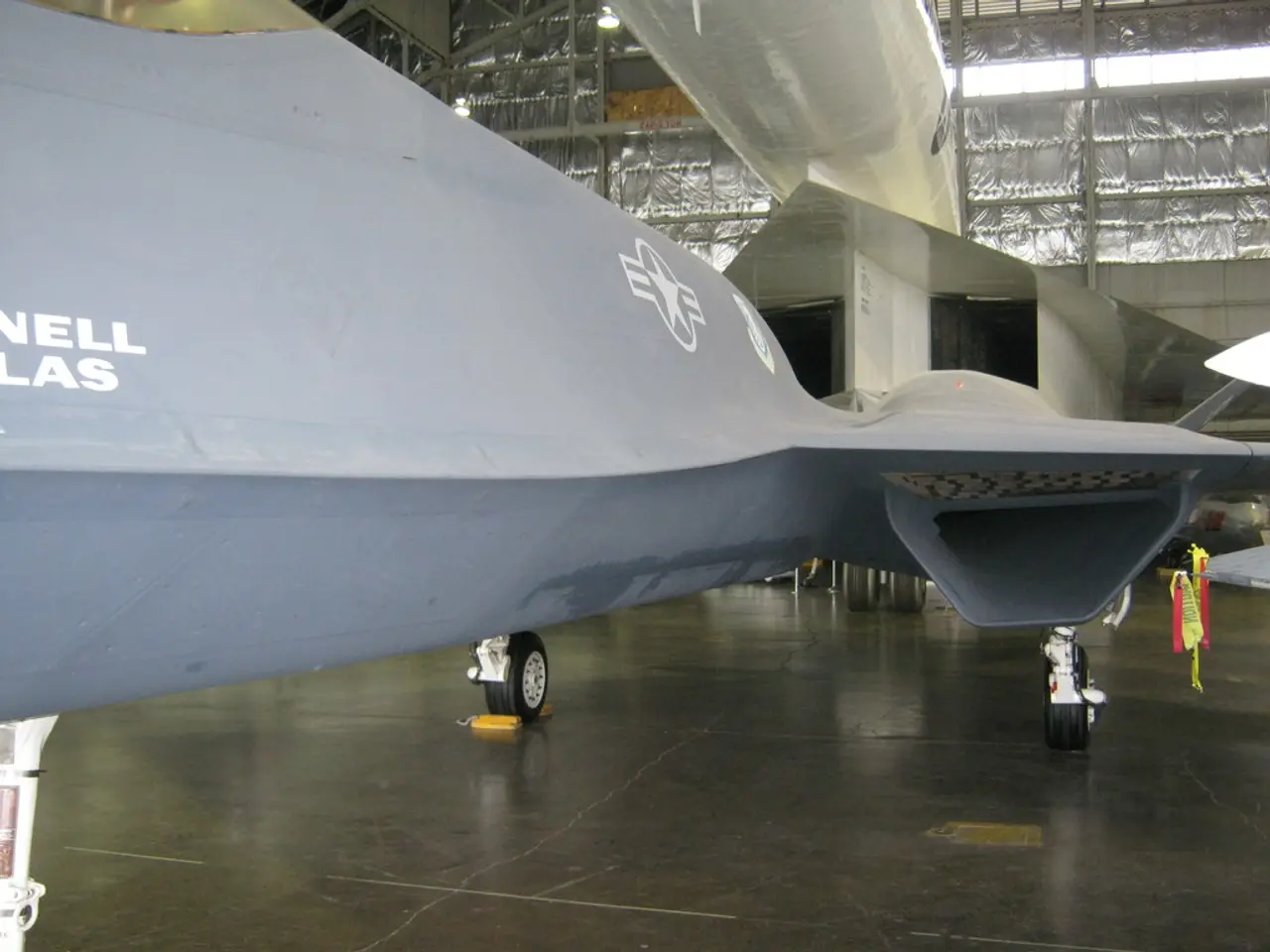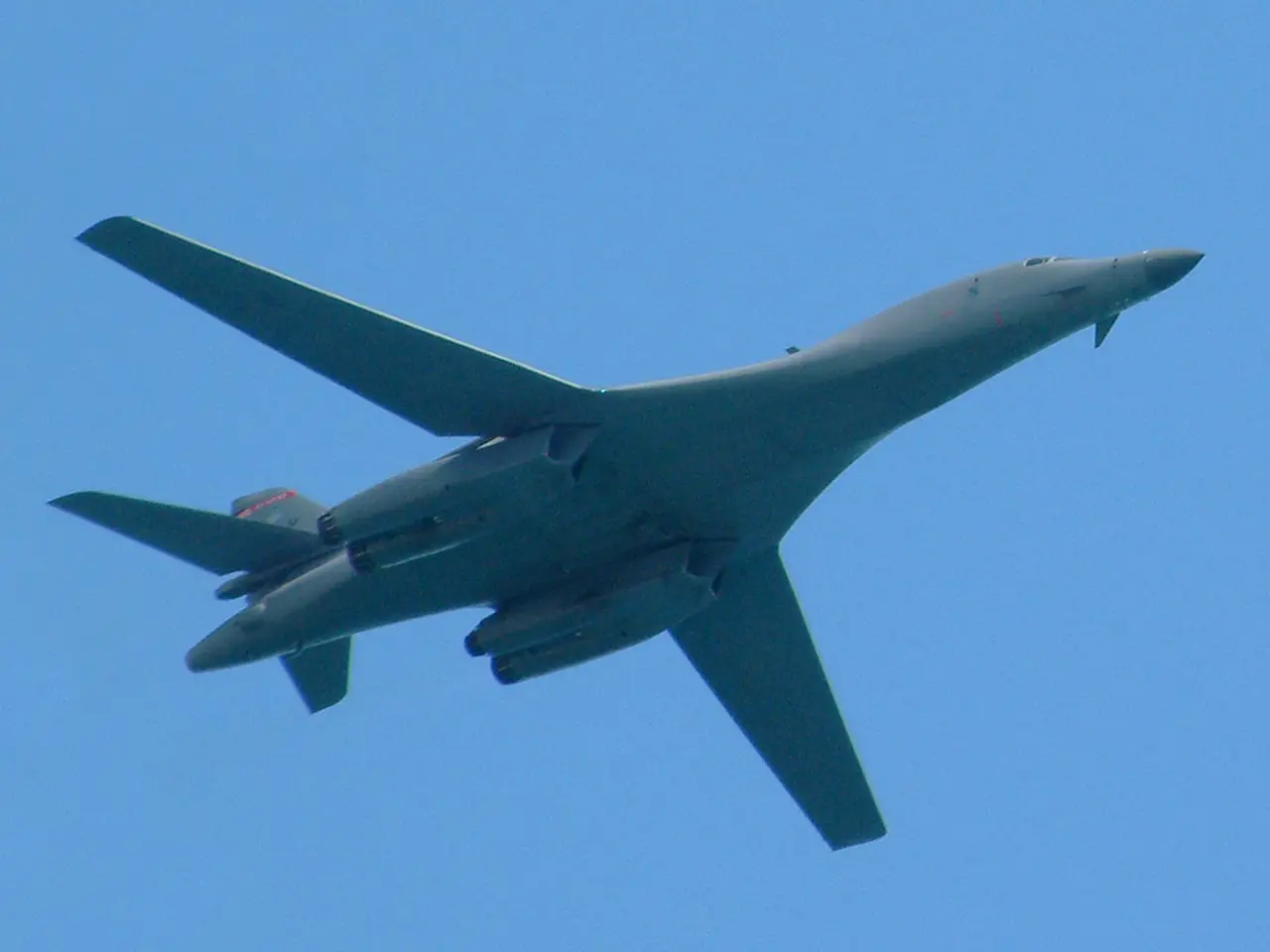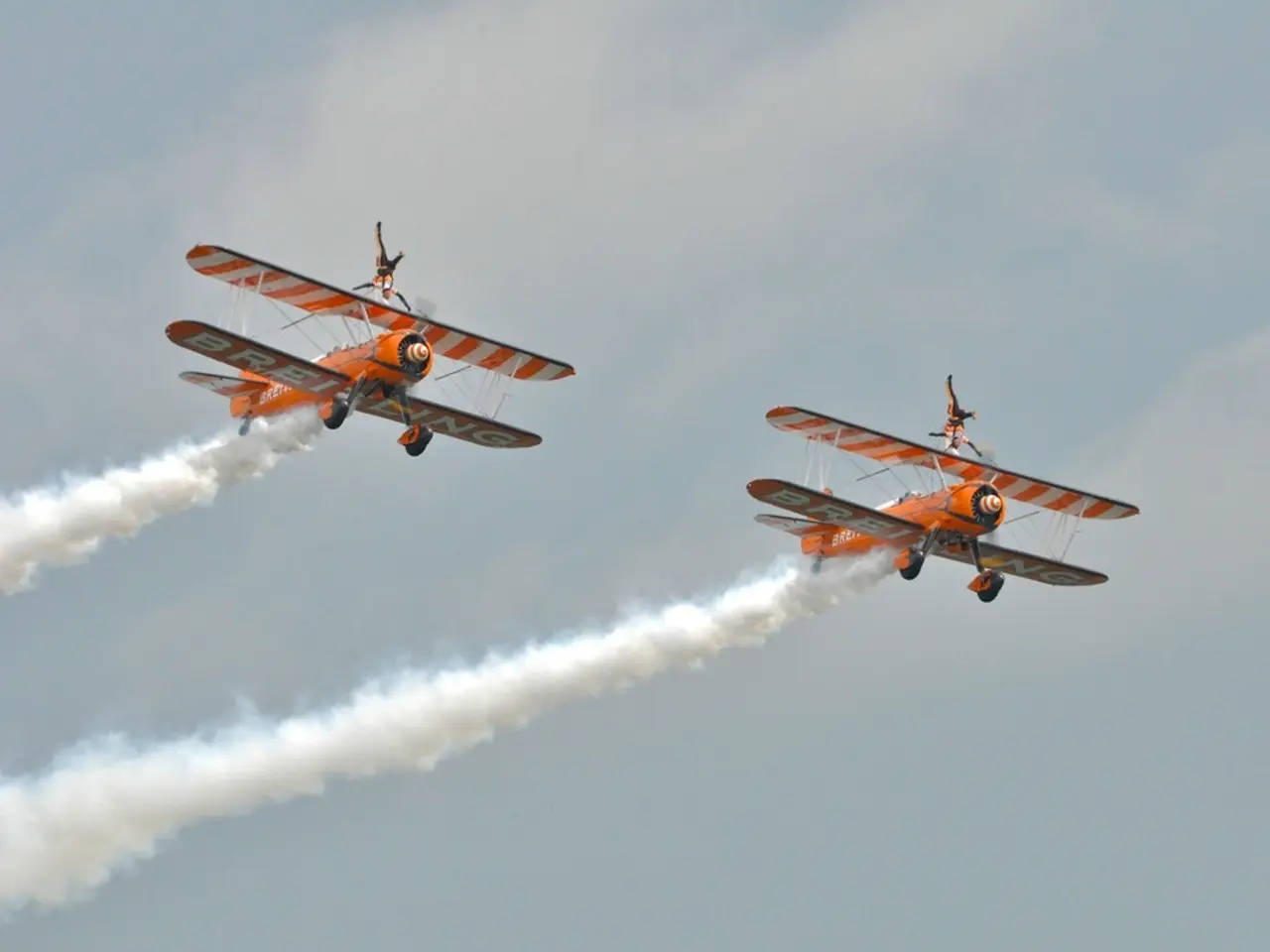Following the accident involving an An-24, the Russian aviation company has revoked the airline's authorization to maintain the aircraft.
The Antonov An-24, a turboprop passenger aircraft of Soviet design, has been in operation since the late 1960s. Despite its rugged nature, the aging aircraft faces challenges in maintaining safety, as evidenced by the recent crash of an An-24 operated by Angara Airlines in Russia’s Amur region on July 24, 2023.
The crash occurred during the second approach for landing near Tynda airport, and did not signal any potential air problems according to operational services. However, experts have repeatedly pointed out the need to modernize or retire the An-24 due to wear and tear and the complexities of maintaining airworthiness.
The An-24 involved in the crash was a nearly 50-year-old aircraft, which had previously experienced a serious incident in 2018 but was returned to service. Key factors affecting its safety today include its age, maintenance challenges, the operational environment, and regulatory and economic constraints.
The age of many An-24s in service, coupled with the scarcity of spare parts, especially due to geopolitical tensions between Russia and Ukraine, the original manufacturer country, makes maintenance increasingly difficult and costly. This was further complicated in the case of the crashed aircraft, as it had been returned to service after a previous incident.
The operational environment of the An-24, often in remote, difficult terrains with challenging weather, increases operational risk and pilot workload. The 2023 crash occurred during poor weather and a go-around procedure, reflecting the added challenges faced by the aircraft in its typical operating conditions.
Regulatory and economic constraints also play a role in the An-24's safety issues. In Russia, difficulties importing new aircraft and parts due to sanctions have forced reliance on aging Soviet-era planes like the An-24. Maintenance standards reportedly have declined, potentially degrading safety further.
In response to the crash, the Russian aviation agency, Rosaviatsiya, revoked a certificate for Angara Company, which operates regional flights based in Irkutsk. The revoked certificate allowed Angara Company's employees to perform aircraft and component maintenance. The crash is currently under investigation by the Far Eastern Transport Prosecutor's Office.
In summary, while the An-24 was built as a rugged aircraft, its continuing safe operation is hindered by advanced age, maintenance and spare parts problems exacerbated by geopolitical and economic issues, and the harsh environments in which it flies. These factors contribute to higher risks compared to modern aircraft, as evidenced by its accident record and recent fatal crashes.
The industry faces challenges in maintaining the airworthiness of older aircraft like the An-24, especially in sectors like finance, where funding for modernization or retirement might be limited. In transportation, the operational environment in remote and difficult terrains, combined with complex maintenance issues, contributes to higher risks for aircraft like the An-24 compared to modern counterparts.





